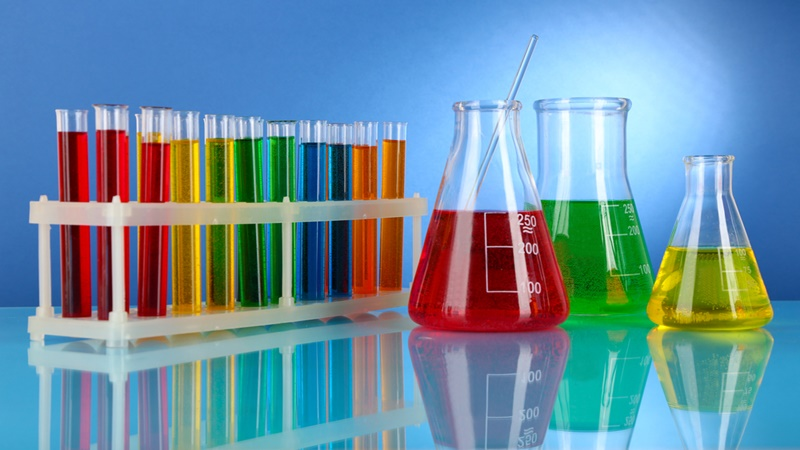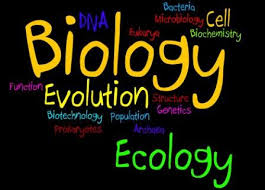Science > Biology > Introduction to Biology > Biology and food List of Sub-Topics: Biology and food are intricately linked disciplines that explore the relationship between living organisms and the nutrients they consume for growth, development, and energy. Here are some key aspects of how biology relates to food: Nutrition and Metabolism: Nutrition and metabolism […]
Categories
Biology and Food
- Post author By Hemant More
- Post date March 7, 2024
- No Comments on Biology and Food

- Tags Anabolism, Biochemistry, Biology, Carbohydrates, Catabolism, Digestive System, Engineering, Fats, Food, Food packaging, Food preservation, Food processing, Food safety, Food Science, Food scientists, Health, Metabolism, Microbiology, Minerals, Nutrients, Nutrition, Nutritional Science, Organs, Proteins, Technology, Vitamins, Water


